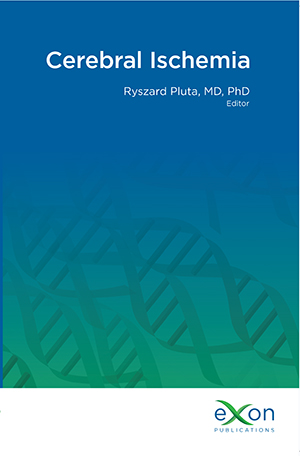The Anatomy of the Hippocampus
Main Article Content
ABSTRACT
The hippocampal formation is responsible for memory processing, learning, spatial navigation, and emotions. It includes the indusium griseum, longitudinal striae, gyrus fasciolaris, hippocampus proper (cornu ammonis, dentate gyrus, and subiculum) and part of the uncus. The hippocampus has the archipallial cortex and is formed by the infoldings of the dentate gyrus, cornu ammonis and subiculum. The dentate gyrus is a narrow crenated strip of grey matter. The dentate gyrus consists of three layers, from the outside in: the molecular layer, granular layer, and polymorphic layer. The granular neurons receive input from the parahippocampal gyrus (entorhinal cortex) via the perforant pathway. The granular neurons send mossy fibers to the apical dendrites of pyramidal cells present in the cornu ammonis. The axons of hippocampal pyramidal cells form a sheet of white fibers known as the alveus which continues as fimbria and fornix. The fornix projects into the septal area. From the septal area few fibers synapse into the cingulate gyrus which returns to the hippocampus. The neuronal intrinsic circuit, known as the Papez circuit of the hippocampus, plays a crucial role in the memory processing.
Downloads
Metrics
Article Details

This work is licensed under a Creative Commons Attribution-NonCommercial 4.0 International License.

